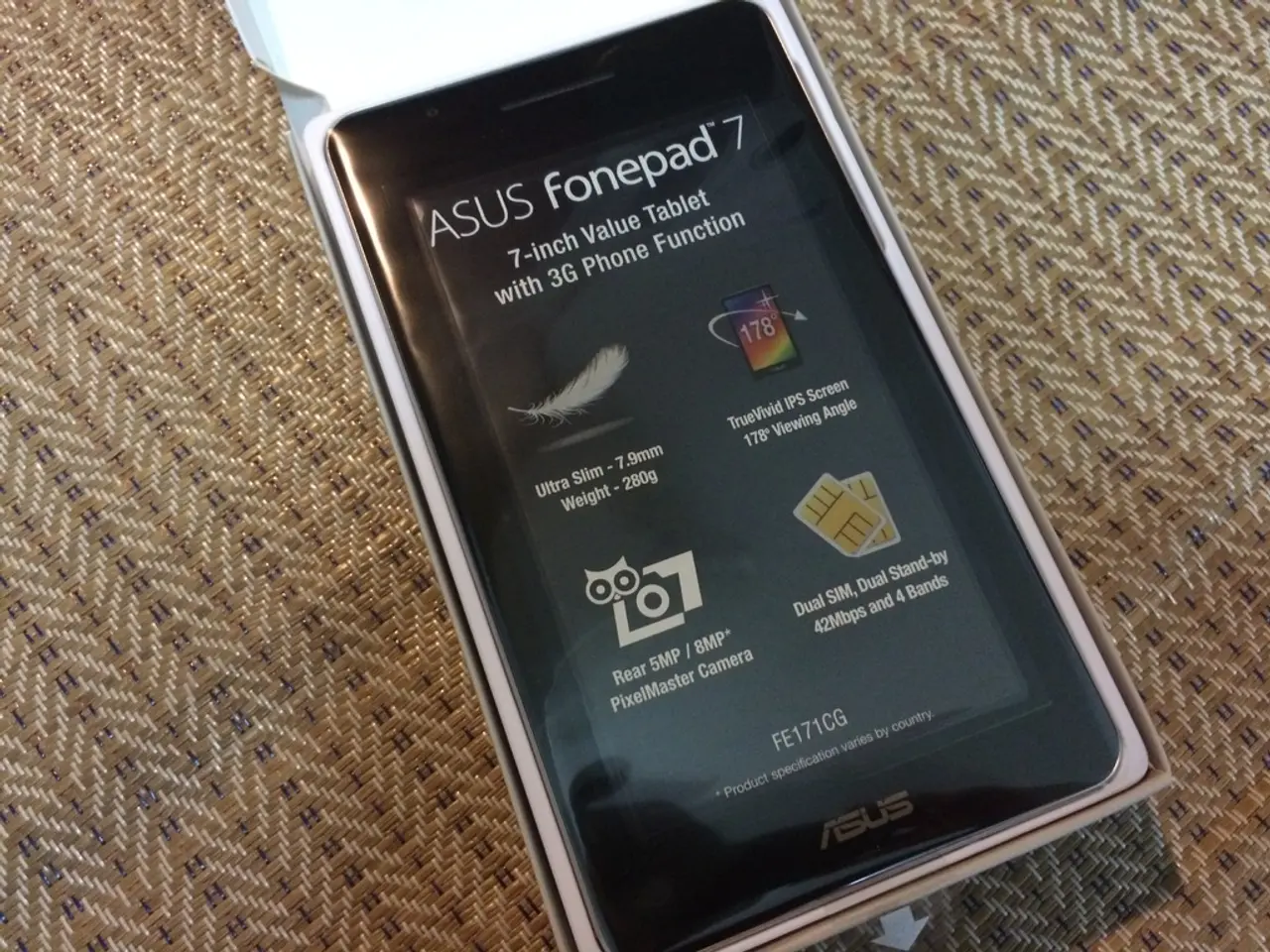Google's Latest Pixel Update Outshines Samsung Once More
In the world of smartphones, Samsung has long been a dominant player, selling ten times more devices than Google's Pixel. However, recent developments have raised concerns about the South Korean giant's Android strategy. According to SammyFans and SamMobile, Samsung's communication issues and delays in releasing new software updates indicate that the company may be facing larger problems that require serious attention.
The current direction in Android development seems to be heading in the wrong direction, with Samsung's delay in releasing One UI 8 being a repetition of the mistakes made with One UI 7. The major issues causing these delays include the complexity of Samsung's One UI across many devices, poor communication and lack of clear timelines, prioritizing new device launches over existing users, extended beta testing phases, and development inefficiencies.
Samsung must prepare and optimize One UI for a wide range of phones and tablets, making update development and testing slower than for the more uniform Pixel lineup. The company does not provide clear or consistent update roadmaps and has minimal communication with users about progress or delays, unlike Google’s predictable Pixel update schedules.
Samsung often pre-installs the latest One UI on new devices while leaving existing Galaxy S-series users waiting without clear timelines, causing frustration. For example, the Galaxy S25’s stable One UI 8 update based on Android 16 has been delayed with multiple beta builds and no final version yet, whereas Pixel devices typically receive stable updates sooner.
To address these problems, Samsung could consider publishing clear, quarterly update roadmaps, expanding beta testing programs, improving communication, standardizing and streamlining rollout procedures, and investing more resources in development and testing teams. These changes would help reduce update preparation time, improve software stability upon release, and promote fairness and reduce confusion.
In contrast, Google’s Pixel devices benefit from a more uniform hardware lineup, direct Android integration, and well-publicized update schedules, resulting in faster and more predictable Android updates. Samsung needs to address both technical and organizational challenges to improve its update timeliness and communication.
As Google focuses on its Pixel line, with the Pixel 10 teases and new developments, the pressure on Samsung to make significant changes in its Android strategy increases. The potential shift towards a Chinese-owned OS adds to the urgency for Samsung to adapt and improve its Android update strategy to remain competitive in the market.
- The delayed release of One UI 8, based on Android 16, for Samsung's flagship Galaxy S25, despite the more uniform Pixel lineup receiving updates sooner, highlights the need for Samsung to address its Android strategy challenges.
- In the smartphone technology realm, Samsung faces increasing pressure to optimize its Android update strategy, as Google focuses on its Pixel devices and the potential emergence of a Chinese-owned OS heightens competition.




